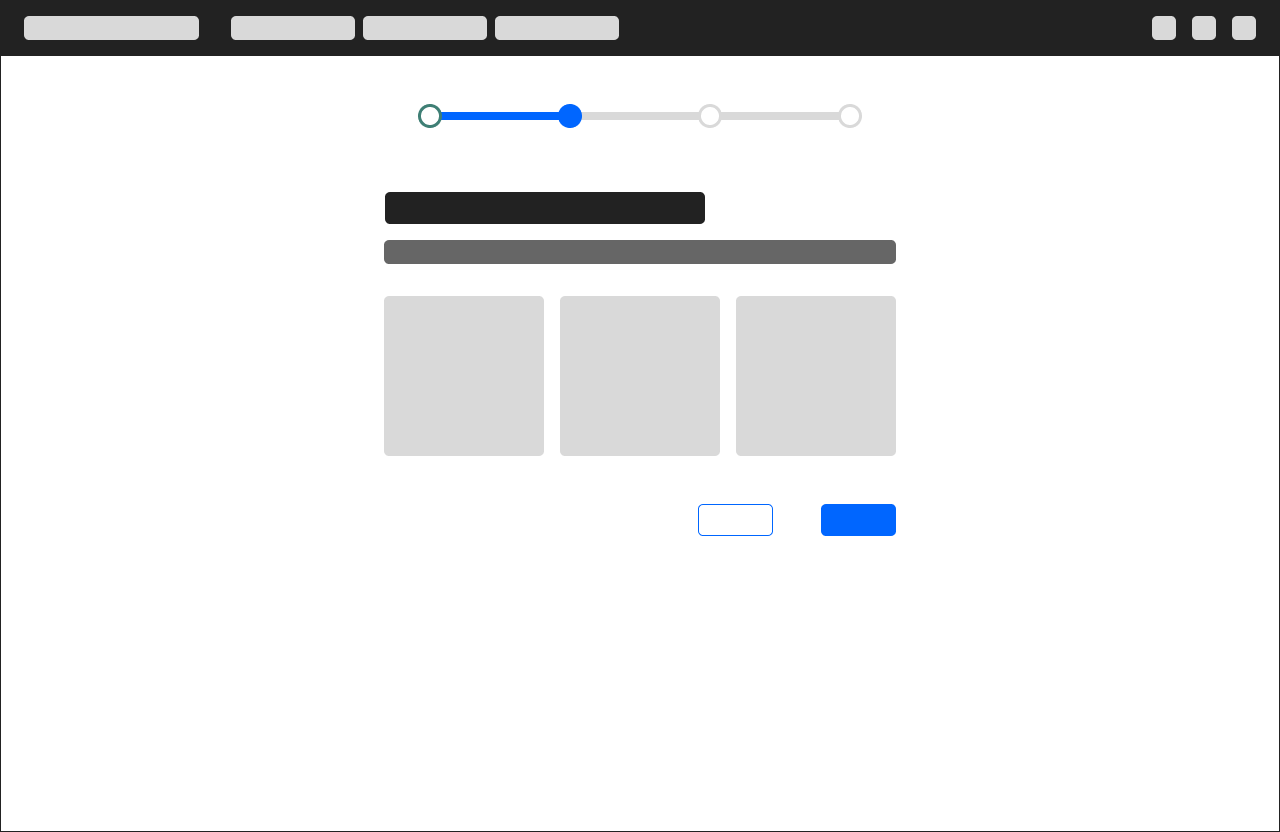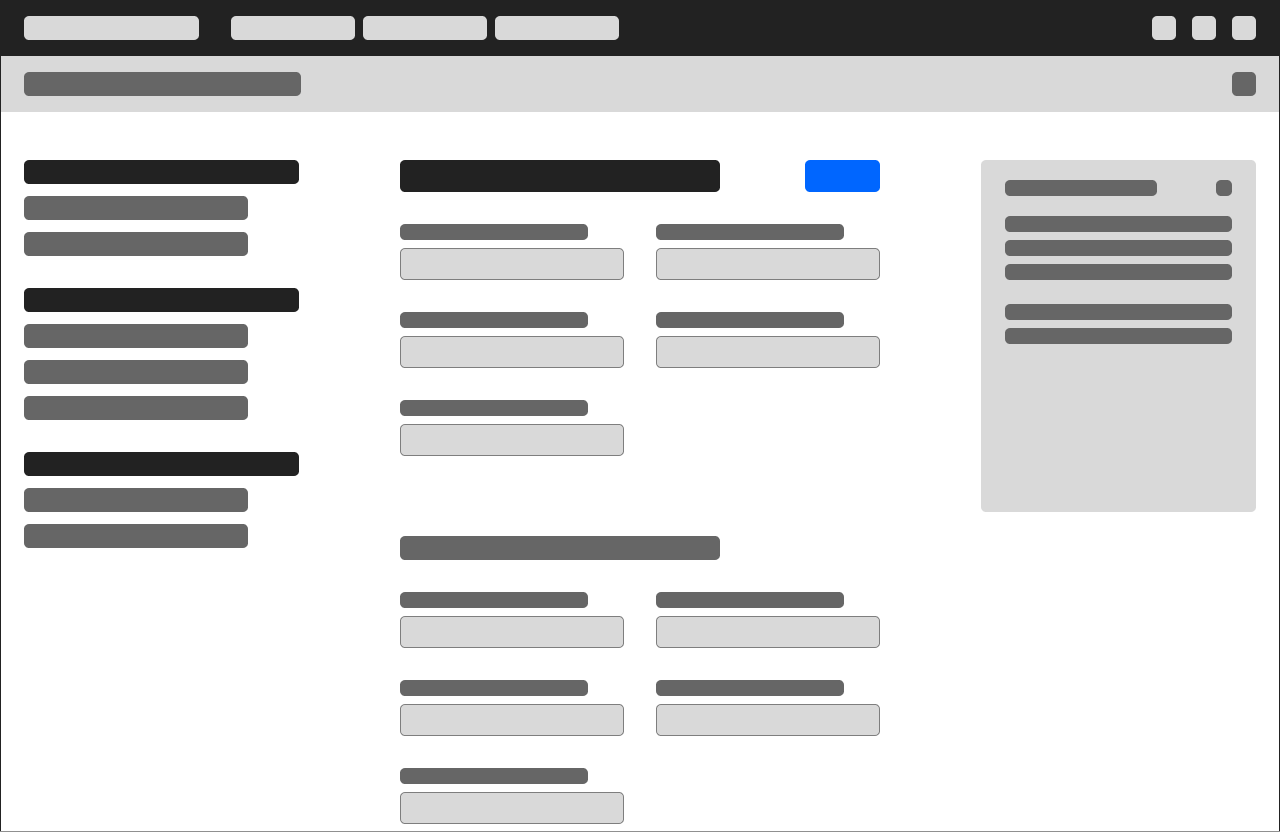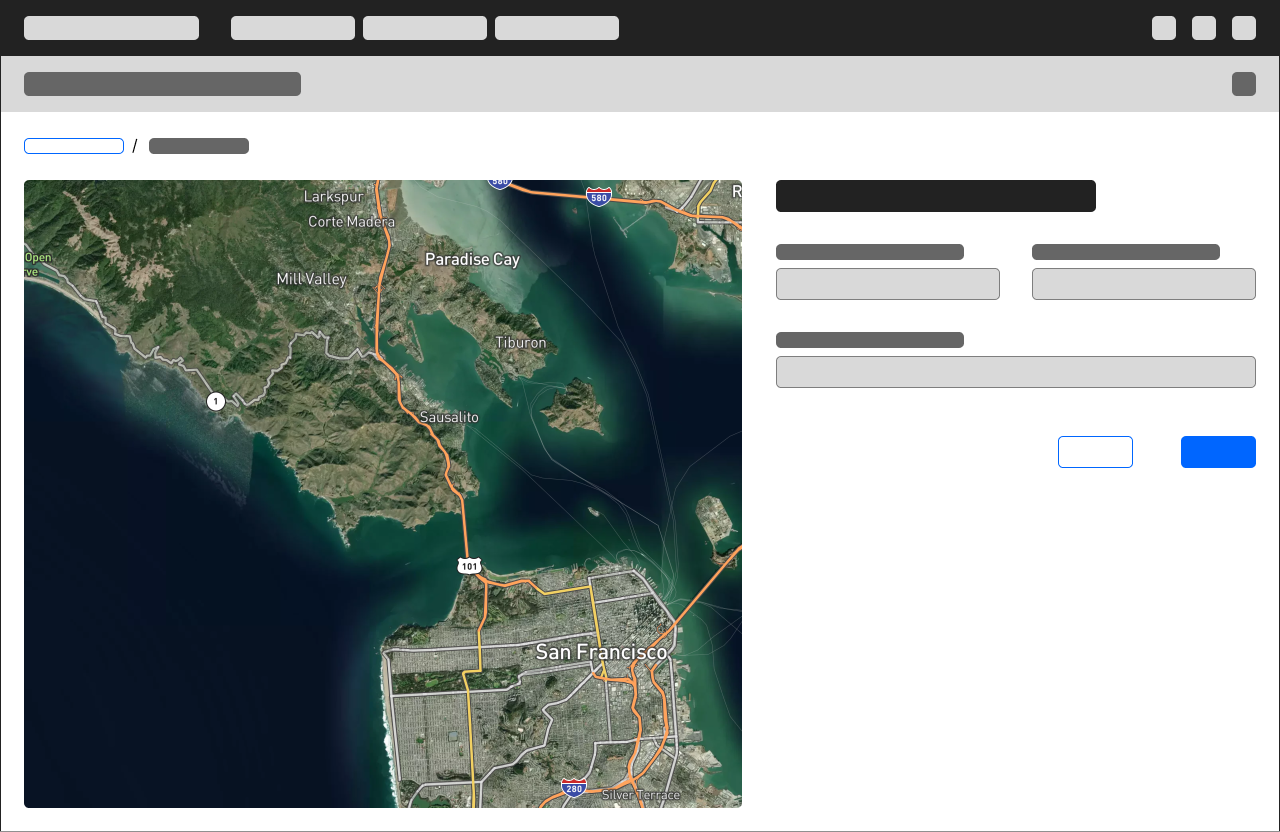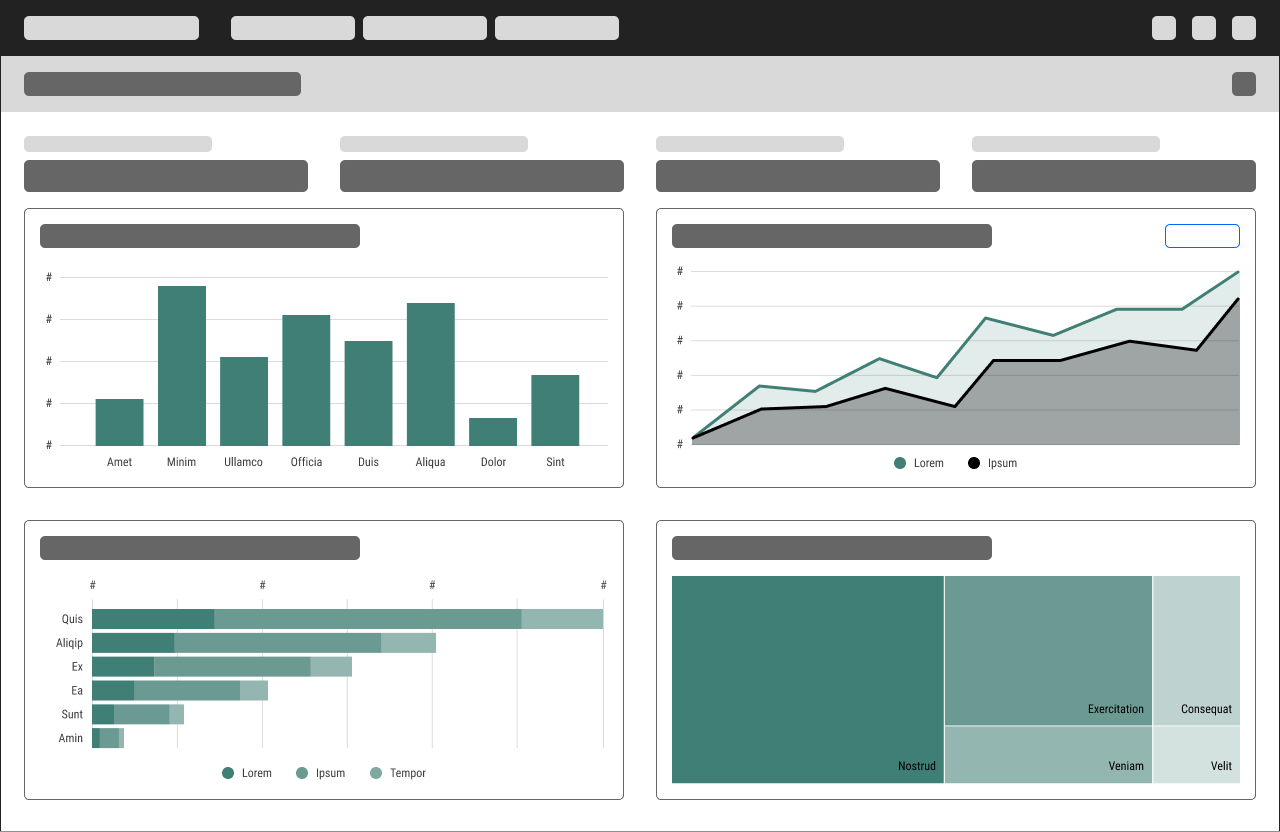Upgrading Dredging Information Management
Improving and adding value to the management and use of dredging information.

Summary
A government engineering organization’s project managers faced challenges efficiently managing the complex planning and information required for successful dredging projects. Our team's main goal was to create a new web app that improved data management throughout project lifecycles.
My approach involved a brief sprint 0 discovery phase plus tactical user research, low-to-hi-fidelity Figma prototyping, and remote user testing. The result was a web-based app with minimally viable product (MVP) features to support dredging project management and program management insights.
Context
The Problem
Most dredging is managed by the federal government and executed by a fleet of dredging contractors. Planning, coordinating, and executing dredging is challenging for all organizations involved because successful projects require extensive planning, sometimes years in advance, and the timely exchange of much information is critical from inception through close out.
This is also challenging for dredging project managers because they rely on outdated software and work arounds to manage it all. As a result, program managers struggle standardizing procedures across regional differences of a nationwide program.
Target Audience
Trained engineers who serve as dredging project managers with the government and are responsible for recording and managing information and coordinating with contractors on dredging projects within a large geographic region.
Our Team
A cross-discipline team of internal and external/consultant members, including a product owner, project managers, a designer, front-end and back-end developers, and a scrum coach. I was the lead UX designer consultant-side, and also served as interim scrum leader and co-product owner.
Vision
Our vision involved reducing information management workarounds used with a legacy app by replacing it with a new desktop web app that delivers a minimally viable feature set to improve the dredging job data management process. Avenues to deliver value in support of program management were also explored.
Process
A human-centered, agile approach was used to inspire, define, and deliver a new app. I led discovery during a sprint 0 phase and tactically throughout the project, and maintained design 1-2 sprints ahead of development.
Discovery
I joined the team as focus groups with dredging project managers and contractors were being conducted by the product owner and scrum master.
Before starting design, I led user interviews with project and program managers during a sprint 0 phase. Mid-way through the project, I conducted a tactical survey.
I reported insights in low-fi journey maps and information architecture diagrams, and informal presentations.
Design
Design sprints were framed around a dredging project phase, starting with initiating a new project all the way through close out.
I started with low-fi wireframes and prototypes focusing on information design as I collaborated with developers separately on developing a design system.
I increased fidelity with each iteration, delivering hi-fi mockups and prototypes in Figma for testing and development.
Weekly design-led meetings created opportunities for collaborative discussions to shape the design, and more formal design reviews occurred before and after user testing.
Testing
With each additional flow of the experience designed, I moderated a round of remote user testing with dredging project managers via Microsoft Teams. During these formative tests, I asked participants to follow the think-aloud protocol as they interacted with a Figma prototype.
I invited team members to observe tests and reported findings through informal presentations and reviews of post-testing design revisions.
Result
The result was a semi-responsive web app with MVP features to support dredging project management from start to finish and increase efficiency of high-effort steps.
It also introduces an improved information design, and easier-to-use data entry experience compared to the legacy app, as indicated through positive user testing feedback. And, a refreshed data model helped deliver data visualization dashboards to program managers for program-level oversight and decision making.
Lessons Learned
Maintain a focus on simplicity and specificity in design, even in a complex space, and prioritize what’s minimally viable while consistently reinforcing a shared vision for future opportunities to maximize value delivery.
Proactively communicate and foster touchpoints with project management to ensure alignment on the shared vision and journey towards it.
Some problems benefit from a simple conversation or analog solution, ultimately enhancing the digital experience.
Want to learn more?




